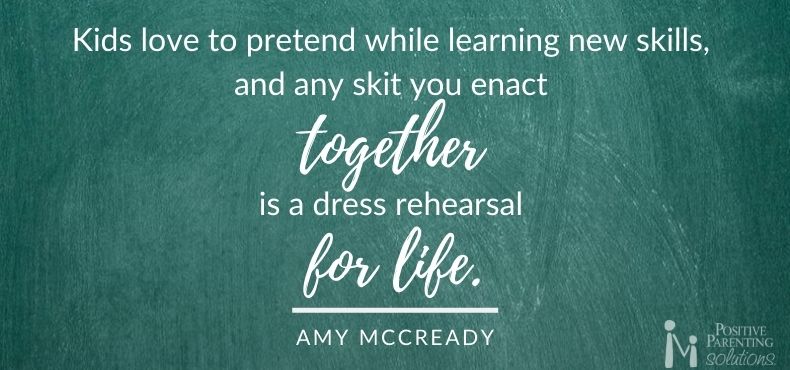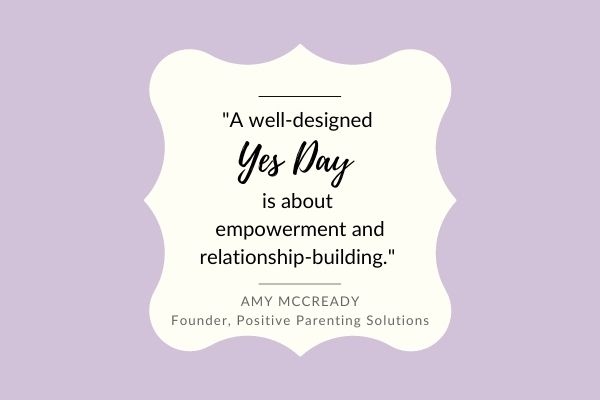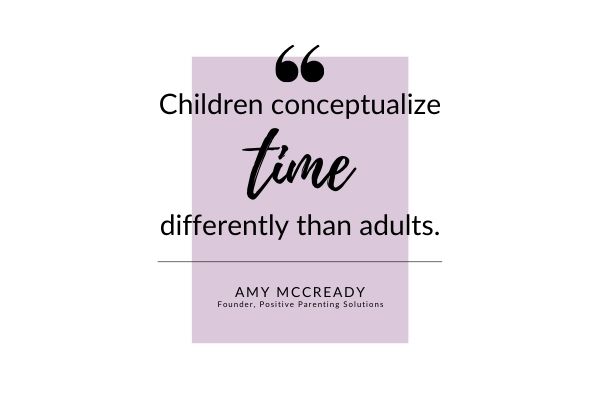


“That technology is rotting her brain,” your father urges while your daughter is enjoying her one-hour-a-day screen time.
“I would have washed your mouth out with soap,” your mother’s voice warns when your son talks back to you.
Parenting is hard enough, let alone when our parents–now grandparents–offer unsolicited advice.
The reality is, parents don’t cease to be parents when their kids grow up: not least when they graduate to grandparents.
Grandparents generally have legitimate, hard-earned experiences they want to share with us. Having already raised a child or more themselves, their opinions are nothing to belittle.
But, just because our parents and in-laws care about their grandkids and want to remain involved in our lives does not mean they have the right to interfere with the way we raise our children.
Unfortunately, telling them as much is a sticky situation. (The topic is a minefield of emotions!)
The amazing news is that there are ways to positively communicate the different approaches you and your child’s grandparents have towards parenting. These conversations will help everyone argue less and enjoy each other’s company more!
When grandparents’ criticism and meddling are doing more harm than good, here are six ways to frame a productive discussion:
1. Express Your Goals of Parenting
People in any relationship risk miscommunication when they don’t get to the heart of their intentions. That’s why having a genuine conversation with grandparents about our parenting strategies is crucial.
Grandparents might consider positive parenting at odds with the way they were raised (or the way they raised us). But part of that comes from misunderstanding it.
Maybe your parents or in-laws don’t realize you’ve intentionally given your eight-year-old the choice to wear a coat on a 40-degree day or face the natural consequence of being chilly at the bus stop. They just see a child unwilling to put on another layer and your lack of an ultimatum.
They may not recognize that your goal is to raise kids that are independently motivated by their own choices–and that you disagree that resorting to power struggles or relying on traditional forms of punishment, like spanking, will encourage better behavior.
Encourage Grandparents to Study Positive Parenting
Depending on your relationship with your parents or in-laws, a sit-down or phone discussion can be intimidating. It helps to find a quiet time to talk about all of this–when we aren’t frazzled by our kids or daily activities.
Consider beginning the discussion with a segue like:
“Hey Mom and Dad, while you’re here (or while we’re on the phone/FaceTime), I would love to talk to you about some parenting strategies I’ve been using.
I’ve noticed we’ve been contradicting one another with discipline techniques, and I believe it will be beneficial to everyone if we share the same strategies.”
Just as it helps to have a spouse on board with parenting strategies, it is equally helpful to have grandparents aware of our daily and long-term parenting plans, especially when they spend a lot of time with their grandkids or act as full-time/part-time caregivers.
If they seem interested, encourage them to study positive parenting directly. Whether they sign up for the 7-Step Parenting Success System® online training program, attend our FREE online webinar, or choose a different online source, an overview will give them insight into your parenting world and tactics.
If they don’t seem interested, consider briefing them on the science behind positive parenting. This might include references to psychologists Alfred Adler and Jane Nelsen, Ed.D., both of whom established the foundations of positive parenting and identified a child’s two inborn emotional needs: a sense of belonging and a sense of significance.
You can then explain that your techniques are designed to fulfill these hardwired emotional needs. AND, if these needs are filled, most behavior dramatically improves!
In the instances it doesn’t, you practice the multitude of positive, helpful, tools in your positive parenting toolbox.
Distinguish Between Consequences and Punishment
Consequences differ from more traditional parenting strategies, like punishment. In positive parenting, consequences are a type of discipline that lets life be the teacher. They use effective methods to teach a child how to make positive choices and learn from their mistakes in a helpful and supportive way.
What’s wrong with punishment? Plenty–and that’s why it’s not very effective in getting the behavior we want from our kids.
While discipline is proactive, punishment is reactive. Punishment aims to make kids suffer from their mistakes or poor choices–with the hope that they won’t make those same choices in the future. However, science suggests that these tactics, like spanking and time-outs, only put the child on the defensive.
However, natural and logical consequences, when used correctly, empower kids to make positive decisions and/or handle the results of negative ones.
Natural and logical consequences, when they follow the 5 Rs of effective consequences, are designed to teach cause and effect without extra, unnecessary punishments; especially because punishment instigates grudges against parents and fuels power struggles.
Pro Tip: For Positive Parenting Solutions® members, please review consequence tools in Step 3 of the 7-Step Parenting Success System® course.
2. Remind Grandparents That Parenting is Not One-Size-Fits-All
Grandparents who feel obliged to interfere with parenting know that the world looks different today. In fact, it can concern and intimidate them.
But, it’s because the world is different that parenting tactics have been forced to evolve. Technology, media, and less authoritarian parenting have become dominant in children’s lives. They define our culture and, therefore, our parental responses.
So, while grandparents may feel the need to double down on the tactics they grew up with, it’s helpful to point out that many of those approaches are now null and void. If you really washed your child’s mouth out with soap, you might get a visit from Child Protective Services!
New diagnoses are also coming to light, which are helping identify and treat various learning, attention, and sensory differences. Many of these differences went unrecognized in previous generations; or, they were brushed aside. Helping children through these challenges requires awareness and adjustments in both parenting and grandparenting.
Parenting also looks different from family to family. We all have to use strategies that work for our kids, and no two kids–even siblings–are the same!
While you can argue there are some timeless parenting strategies, most parenting must remain flexible and fluid.
3. Consider the Grandparent’s Perspective
Having a conversation works both ways. If we’re explaining our side of the parenting story, we should be ready for the grandparents’ responses.
Before you get defensive, put yourself in their shoes. One day, fate willing, you’ll be sitting in their seats. Your kids, whom you love more than anything, will be grown and gone and have children of their own. You’ll want to help them just as much as your parents want to help you now!
Lend an ear here and there to grandparents’ concerns, and try not to take anything personally. They may have good ideas, and at the very least, they present a different perspective. Keeping an open mind is essential to parenting.
But, if grandparents become overbearing and continually disregard your parenting goals, feel free to take their advice with a grain of salt. You are the parent, and you make the final decisions!
In reality, your parenting has nothing to do with your parents. This isn’t out of disrespect; the point of parenting isn’t to embrace or reject the way your parents raised you. It’s just figuring out the best way to raise your child.
Regardless, your parents can’t change who they are. It is unfair to ask them to do so. But, they can learn to step back and follow your lead.
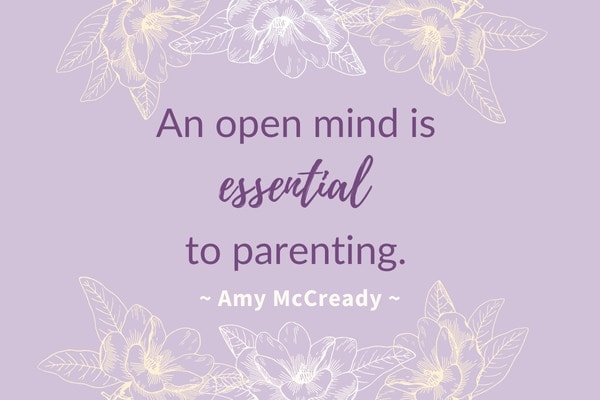
4. Be Grateful for Your Parent’s Involvement, But Say, “I’ve Got This”
If your parents are involved in your family, it means they care.
Still, parents have to gradually let go of controlling their children’s lives if they want to maintain a successful, healthy relationship with us–including well into adulthood and parenthood.
Granted, we all make mistakes as parents. We don’t always know what we’re doing. It’s okay to admit that openly!
But, we know our children better than anyone and are raising them in the way we think is best. Nothing more can be expected.
And, to be sure, you can’t raise your children the exact way your parents raised you. Not only has society changed, but you are an entirely different person.
When faced with a grandparent’s criticism, you can say:
“Thank you for loving the kids and me so much and wanting the best for us. I just have to parent them my way. It will help tremendously if you can trust me. The best way to support me and stay involved is as my back-up.”
5. Use Guidelines When Grandparents Babysit
The joys of grandparenting are legendary, and kids adore their grandparents. But when grandparents visit or babysit, expectations can be unmet or miscommunicated–or both.
Grandparents, for example, may wonder:
Why don’t the kids routinely play outside?
Is that really the way kids talk to their parents these days?
Why can’t I offer cookies as a lunchtime treat?
While leniency with relatives and house guests is always helpful, grandparents may have habits that throw a wrench in our discipline tactics or schedules. So, just as it’s helpful to discuss our overall parenting philosophies with grandparents, it’s also beneficial to go over detailed family logistics.
This is especially helpful when grandparents don’t live nearby and visit only occasionally. They will be further estranged from our daily lives and expectations.
When grandparents babysit, guidelines are incredibly useful: especially those that follow a routine.
With a well-oiled routine, grandparents can slip in and easily plan ahead. They know when kids will get up, what they like to eat for breakfast, when they go to school, take naps, and so on. A lot less can go awry and be left to chance with a great plan in place.
Alternatively, when grandparents are left scrambling, and kids aren’t sure how to react, behavior can quickly unravel.
Regardless, when grandparents are in the role of regular caregivers, it may require them to follow through on discipline. If you want your parents to employ consequences related to positive parenting, you’ll have to explain exactly how to do so and what those entail. It helps to have already had a detailed discussion with them or to make time for the conversation before you leave.
Things can get especially tricky when you are visiting the grandparents at their house. While your overall parenting style always applies, kids will have to be more respectful of Grandma and Grandpa’s house rules. This can be challenging, especially for younger kids.
Maybe your toddlers are allowed to jump on their beds at home. But at Grandma’s house, think again!
Ask Grandparents to Help “Control the Environment”
One way to avoid all-out confrontation over these rules is to ask grandparents to help control the environment at their house before you arrive.
Control the Environment is a tool we use at Positive Parenting Solutions to help kids stay out of trouble–literally.
When visiting grandparents with little ones in tow, it could mean asking them to store breakables and locking the doors to certain rooms. For junk-food-loving teenagers, it could mean removing chips and cookies from the pantry.
Grandparents can’t be expected to rearrange their entire house, of course, because that would be a lot of work and wouldn’t teach grandkids to be respectful of a different environment. But kindly encouraging them to remove basic trigger items–or allowing you to do so upon arrival–could mean the difference between an easy visit with Grandma and Grandpa and a strained one.
6. Promote the Irreplaceable Grandparent/Child Relationship
Your parents have a special role to play as grandparents. But grandparents that continually overstep boundaries pose the risk of alienating everyone.
Grandparenting can involve discipline at times, especially when grandparents are acting as current or primary caregivers.
But in addition to backing-up mom and dad, grandparents are also in a position to impart softer guidance. This means they have the freedom to maintain less complex relationships with their grandkids while still loving them, and being loved, unconditionally.
Through our open conversations, we can help grandparents embrace the unique and rewarding freedom their status can bring.
And by staying calm and graceful, we can present these ideas without making grandparents feel unwanted or unwelcome.
Final Thoughts
Despite a heart-to-heart that would make any counselor swoon, you and your parents/in-laws still may not see eye-to-eye. If so, it’s okay to feel disappointed and frustrated. But try not to be discouraged! Politely, keep your resolve.
As you stay committed to positive parenting, you will begin to see your child’s behaviors improve, and grandparents will see it too. They may even be the first to notice and applaud your methods.
But if not, just remember: families can lovingly agree to disagree.
You’ve got this!






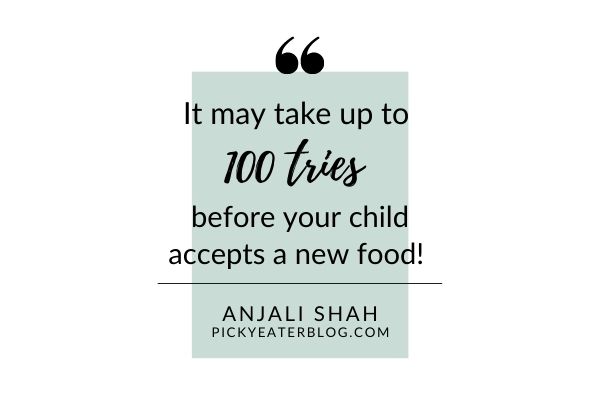
 Anjali Shah is a food writer,
Anjali Shah is a food writer, 

